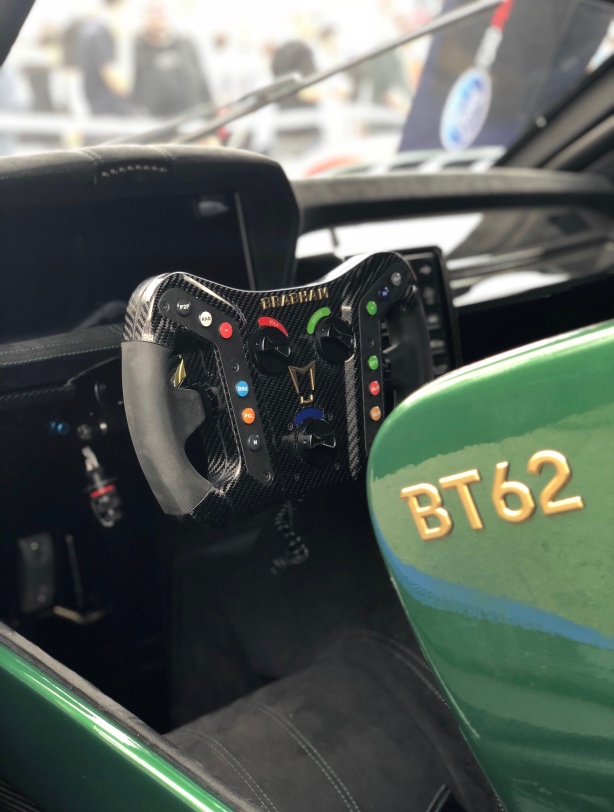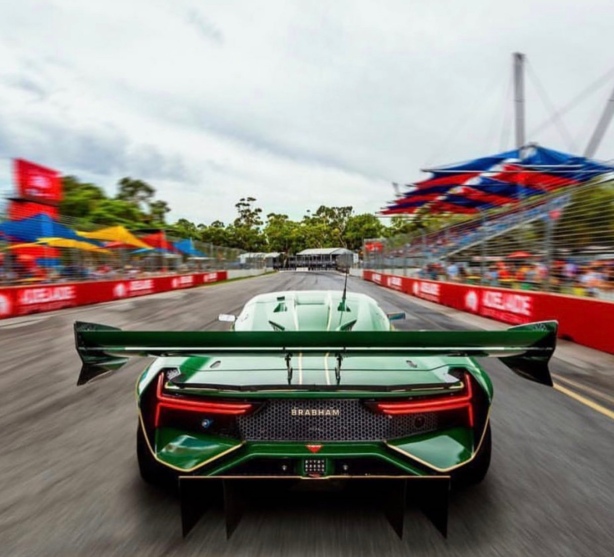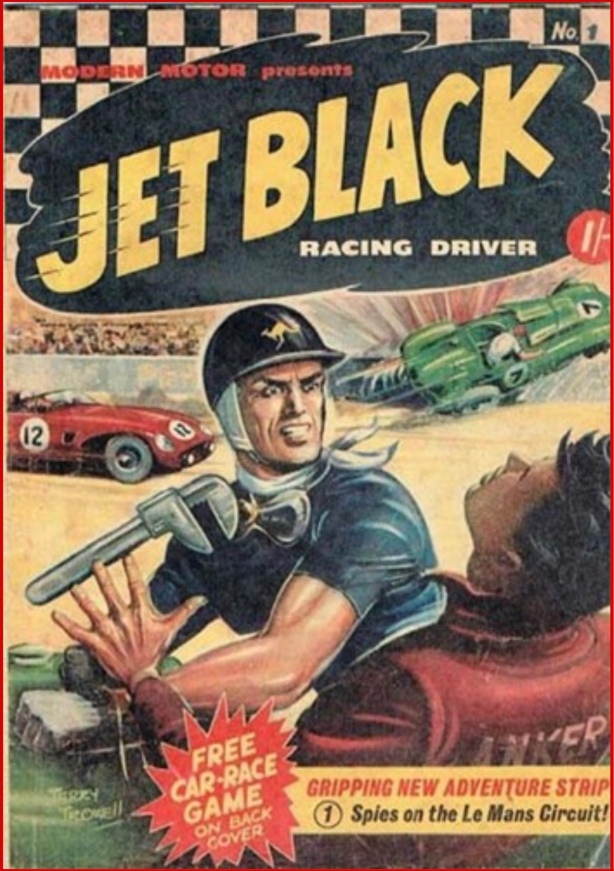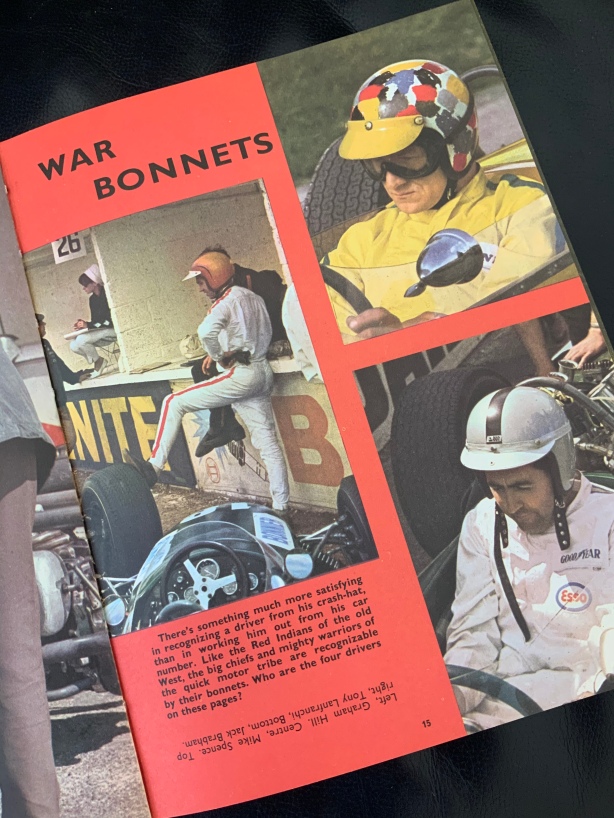
DB, Brabham BT59 Judd EV V8, AGP 1990 (BA)
It was great to see David Brabham race a Brabham in Adelaide during the 1990 Australian Grand Prix, whilst the BT59 Judd looked the goods it was not a great car, and Brabham was hardly the marque it was during the Brabham/Tauranac and Ecclestone eras.
David qualified 25th and failed to finished after spinning off on lap 19, we saw him again in 1994, when he raced a Simtec S941 Ford HB V8 but that simple car, still fitted with a semi-manual gearbox, remember them, was well and truly under-cooked in amongst the Top-Guns.
And that, sadly, turned out to be the end of David Brabham’s time in Formula 1, mind you, he had a great professional race career inclusive of a 2009 Le Mans win aboard a Peugeot 908 HDi FAP in amongst heaps of sportscar and other victories.
In more recent times, after a legal battle of about a decade, he has gained control of the Brabham name and intellectual property and built the awesome Anglo-Australian Brabham BT62 Ford Hypercar, the first of what will hopefully be a long line of racing and road cars. If ever there was a time for ‘Team Australia’ to climb aboard it is now?

DB, BT62 during the Adelaide Motorsport Festival 2019 (InSydeMedia)
Here is the car during the 2019 Adelaide Motorsport Festival, love the circa 1990 Brabham era livery!
When I think of David Brabham in Adelaide it is the 1987 F1 carnival weekend which sticks in my mind. DB won the 15 lap, ANF2 (1.6 litre, SOHC, two-valve, carbs) one-race Gold Star Championship event from the back of the grid, finishing ahead of a classy 28 car field including most of the top ten placegetters of the six round Formula 2 Championship which concluded a couple of months before.
In more recent times David has made public his motivation for that great drive. In one of those ‘shit happens’ moments of youth, he had ‘potted’ his girlfriend, and as an expectant father, Jack had given DB the ‘that’s the end of your F1 aspirations’ brush off. #3 son’s drive in Adelaide was an ‘I’ll faaarkin show you mate moment’, and man it was really impressive to watch!
I was rooting for Mark McLaughlin’s Elfin 852 VW as an enthusiast of the marque, and watched with amazement from the East Terrace section of the track as he caught and passed the competition hand over fist. It wasn’t his first race on one of the more technical road courses, Brabham was second in the Formula Ford Championship race the year before, and his Ralt RT30 VW was the right bit of kit, but it was an impressive drive all the same. A portent of what was to come.

DB, Ralt RT30 VW, Adelaide 1987 (driving.co.uk)

DB Adelaide 1987 (BA)

BT62 launch at the Australian High Commision, London (BA)
Jack Brabham and Ron Tauranac would chuckle with delight at the pragmatism of the BT62. The car bristles with the latest in technology in some ways but beneath the sinfully edgy and sexy aerodynamically efficient carbon fibre and kevlar body delivering 1,600 kg of downforce, lurks a good old fashioned multi-tubular spaceframe chassis and a wonderful 5.4 litre modular Ford V8 modified to Brabham Automotive specifications.
Brabham and Tauranac won a couple of world titles in 1966-1967 with engines of relatively modest technical specifications and were still winning Grands Prix with spaceframes in 1969 when a change to regulations requiring ‘bag’ fuel tanks effectively mandated monocoques in F1.
The poverty pack BT62 is priced at US $975K plus taxes, whereas the ducks guts BT62 ‘Ultimate Track Car’ hits the road at a giddy US $1.3M, only proprietors of Chinese Wet Markets should apply. Seventy cars only will be built at Brabham’s new 15,000 square metre facility, at Edinburgh Parks, within parent company Fusion Capital’s complex.

(BA)

(BA)
The Ford ‘Voodoo’ based, Brabham DOHC, four-valve, fuel injected, flat-plane crank 5.4 litre V8 has a bore/stroke of 94 x 97 mm for a capacity of 5,387 cc giving 700 bhp @ 7,400 rpm and 492 lb/ft of torque. This lot hits the road via a six-speed sequential Holinger transaxle. Suspension front and rear is by way of push-rod actuated upper and lower wishbones and coil spring/dampers with adjustable roll bars at both ends. Brakes are carbon/carbon and carbon/ceramic for race/road.
BT62 has enormous, menacing presence, it is 4,460 mm long, 1,950 mm wide, 1,200 mm high and weighs 972 kg with a weight distribution of 41/59% front/rear.
Brabham delivered its first competition BT62 to Horsepower Racing in the UK in May 2019 to contest the Britcar Endurance Championship, in a wonderful start for the machine it won its first race from pole driven by David Brabham and Will Powell at Brands Hatch last November 9. Great stuff!

(BA)

(BA)
There is something wonderful about Brabhams being built in Adelaide’s Edinburgh Parks, only a kilometre or so from Holden’s closed Elizabeth factory. The city has a long history of automotive engineering and manufacturing excellence with such famous/prominent companies as Elfin Sports Cars, Clisby Engineering, Birrana Cars, Globe Products, ASP and many others building racing cars and components since the earliest days of motoring in Australia.
Without drawing too long a bow in making an historic connection between Brabham and Adelaide, Clisby Engineering in Prospect manufactured the 1967-1970 30, 40, 50, and 60 series cylinder heads for the range of Repco-Brabham Engines Pty. Ltd. racing V8s, including those used on the ‘740’ engines which won the 1967 world F1 championships.
Ooops, forgot! Jack’s first national championship speedway win was at Kilburn Speedway on 25 February 1949, 9 km from Adelaide’s GPO, so lets take the Adelaide/Brabham connection as a given.
Fusion Capital, the Brabham Automotive parent company, is based in Waymouth Street, Adelaide, they position themselves as ‘a partner of investors and small business’ and operate in three business sectors; advanced manufacturing and renewables, property and private equity.
Brabham Automotive’s brothers in the advanced manufacturing and renewables division are Precision Buses, Precision Components, a manufacturer of pressed metal and fabricated components, and Heliostat, a business which makes heliostats, mirrors which turn to reflect light in solar energy applications.

(BA)

(BA)
Hopefully Fusion Capital has a balance sheet of sufficient strength to allow Brabham to complete the construction of the seventy BT62s in their business plan as the first step of a process which will establish the company as a manufacturer of road and racing cars with a return to F1 at some point.
It is amusing to hear of ScoMo’s mob’s recent interest in the manufacturing sector given the final act of automotive sodomy which destroyed the motor industry was performed by Tony Abbott, a knuckle-dragging, towering monument to intellectual and leadership bankruptcy. In truth the seeds of the industries ultimate failure were established at birth, that is, a total lack of Australian ownership and therefore control. Generational management failure, union and head office greed, governments of both stripes applying economic rationalism since 1972 (and I’ll fess up to supporting such policies) without any ‘societal good’ over-ride and our high dollar did the rest.
The ongoing success of Bolwell in Mordialloc, who have navigated the travails of manufacturing in Australia with nimble skill since the sixties, 35 year old (yes!) Borland Racing Developments closeby, Geelong’s ‘Carbon Revolution’ wheel maker, and now Adelaide’s Brabham Automotive give great cause for optimism in the weird world in which we live, long may these enterprises prosper.

(BA)
Etcetera…

(BA)

(BA)

(BA)

(BA)
Credits…
Fairfax, Adelaide GP FB page, driving.co.uk, InSydeMedia, Getty Images, BA-Brabham Automotive, Fusion Capital
Tailpiece…

(BA)
Match race between David Brabham’s BT62 and Matt Hall in a Zivco Edge 540 V3 aircraft, during the Adelaide Motorsports Festival in 2019.
Finito…


























































































